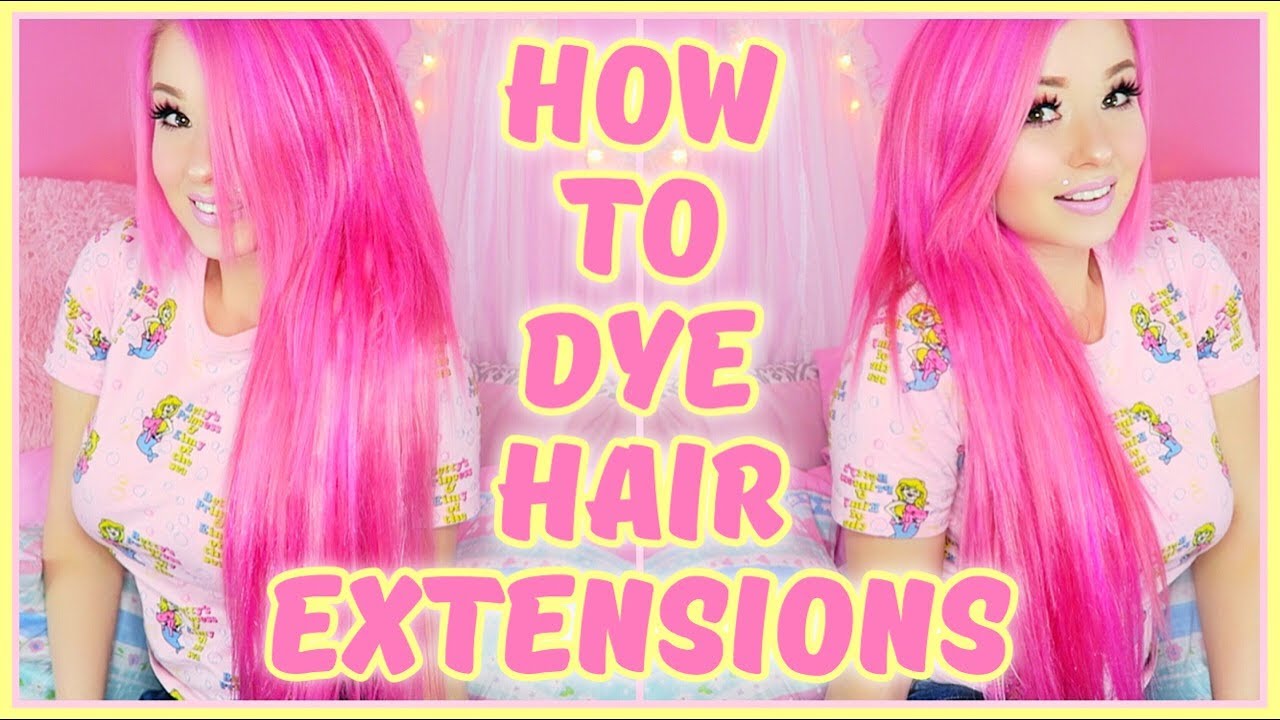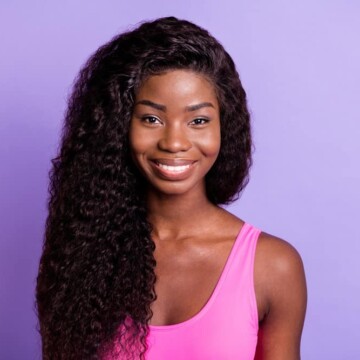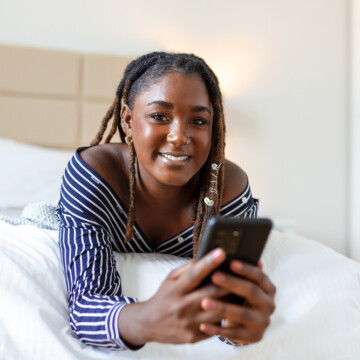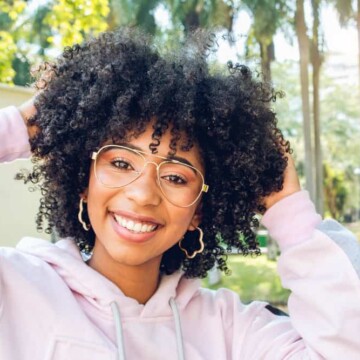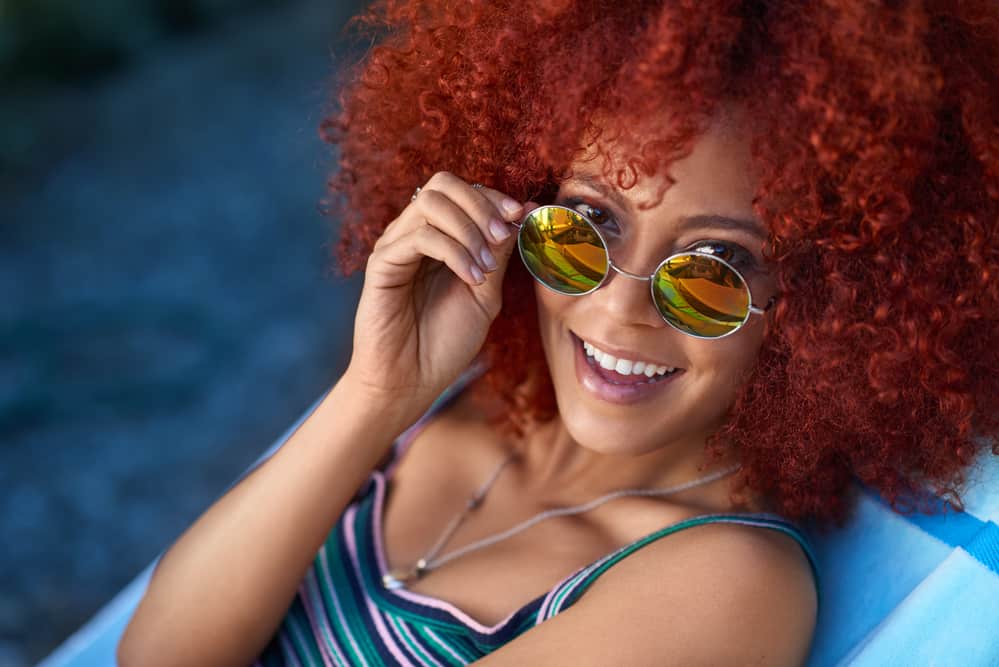
Regardless of the popularity and widespread use of
If you’ve been struggling to find a straight answer to this question, you’ve come to the right place! We’ll answer that question and more in this article.
Table of Contents
Can You Dye Hair Extensions ?
You can dye
In any case, you will likely need to bleach and then tone your extensions to lift the natural hair color out of the hair strands.
Hair dyes, bleaches, and other lightening methods will react with human
Risks of Dyeing Natural Hair Extensions
There are some risks associated with dyeing
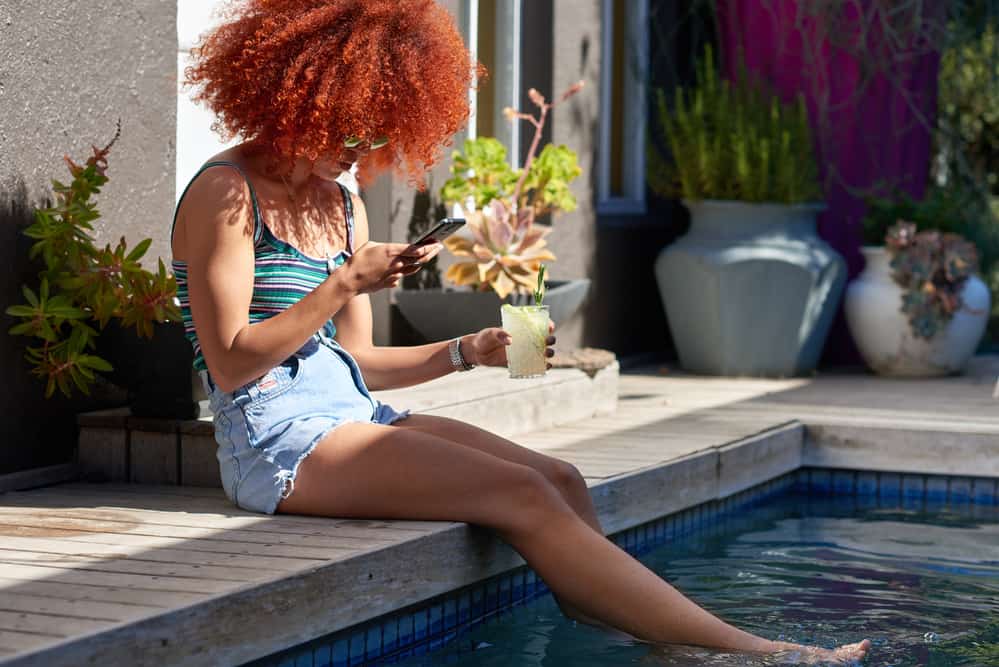
Dryness and Breakage
Overprocessing your extensions can cause dryness and breakage. Much like natural hair,
Unwanted Color Result
It’s possible that your extensions won’t hold color or will turn out a different color than your desired result. This is because the vast majority of extensions have been chemically processed to some degree to make them look good and last long.
Also, if the extensions you want to dye are very dark, they may not react well to bleach or professional hair color.
Damage to the Weft or Tape
Certain
If too much hair dye comes into contact with the tape or other glues or sealants that are used to keep the extensions together or attached to your natural hair, it may cause the adhesives to wear away. As a result, your extensions may not stay on your head and may shed excessively.
Coloring Extensions at Home
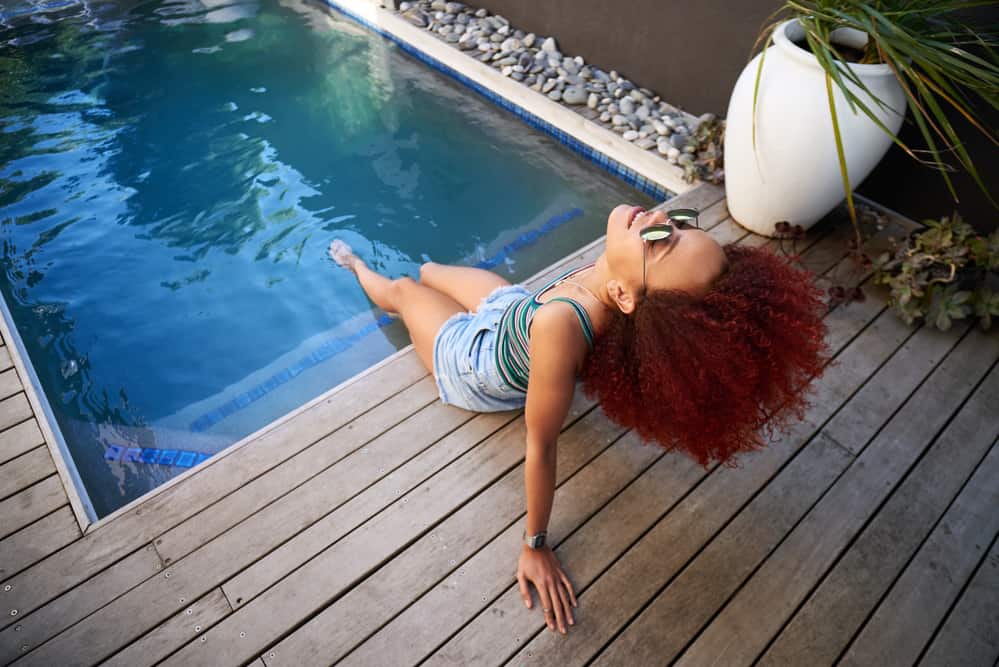
Your
In general, box dye is very damaging to natural hair and
Dyeing Extensions While They’re in Your Head
Dyeing your
Extensions should be dyed weft by weft before they are attached to your natural hair since extensions may process color at a different rate than your natural hair.
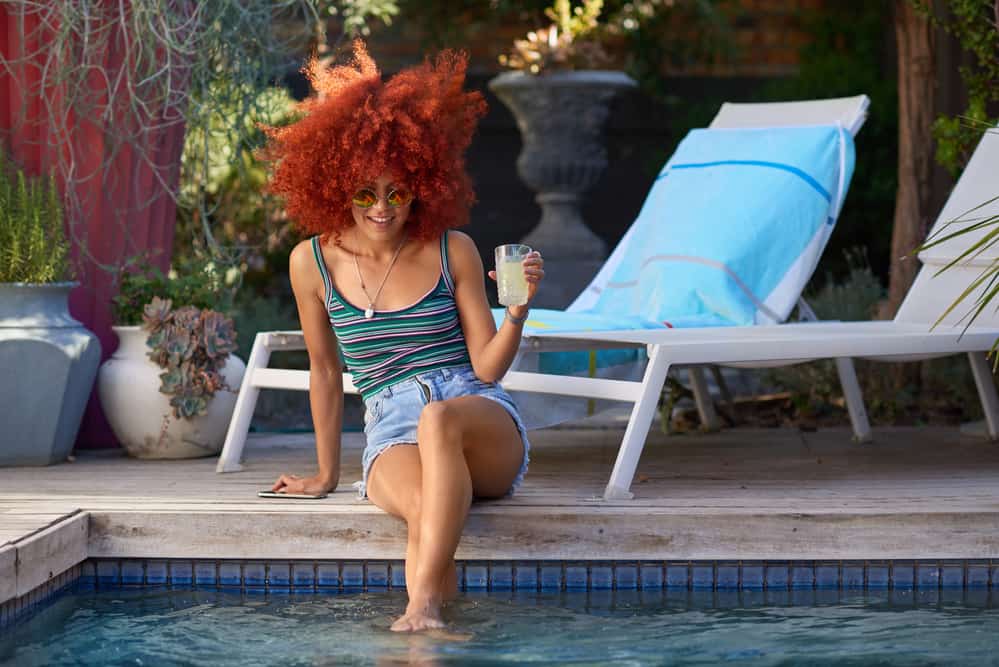
Why Your Extensions Won’t Process
If your
- Your
hair extensions aren’t 100% real hair. The types ofhair extensions that can be easily bleached or colored are naturalhair extensions (e.g., virgin Remyhair extensions ). Synthetichair extensions may melt or change shape if they come in contact with bleach or permanent hair dye, given the way they are made and the extra processing they go through (more on this later). - Your
hair extensions are a dark color. As with natural hair, going from a dark color to a light color can take several color-processing sessions, a lot of time, and significant damage. - Your extensions may be coated in a sealant. Many
hair extensions come with a sealant coat that helps maintain the moisture and health of your extensions. Professionals recommend washing your extensions before trying to dye them. - You’ve dyed the extensions too many times or used box dye multiple times. After dying your extensions over and over again, you’ll often find that the coloring process won’t work.
Tips for an Even Color Result on Human Hair Extensions
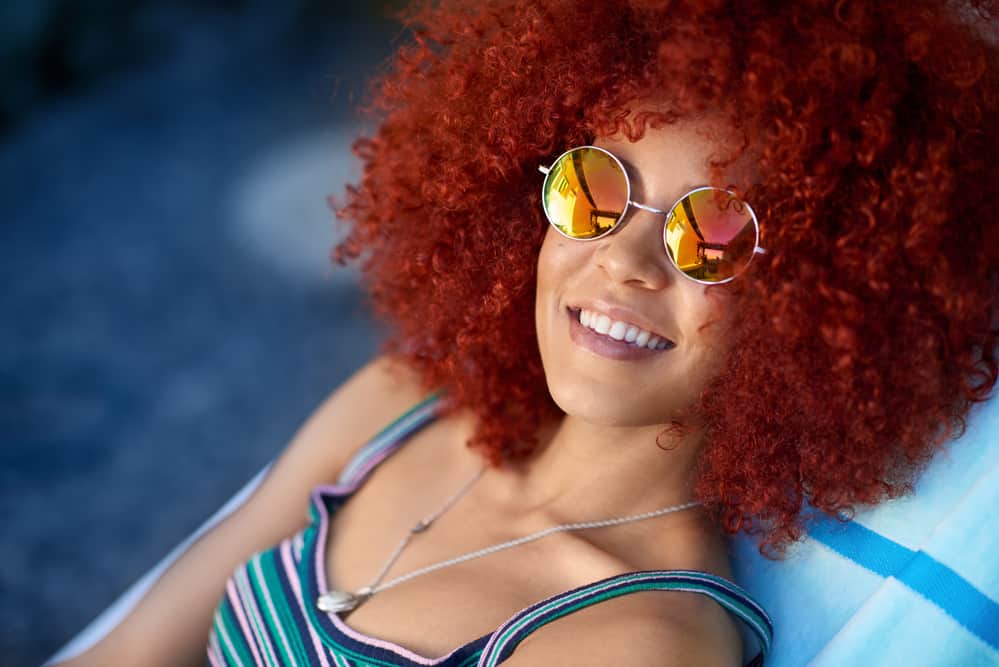
Any time you dye your hair, including your
If your extensions aren’t dyed correctly, the color may turn out patchy or uneven. Here are some tips to avoid a bad dye job and get an even color all over!
- Go with a professional dye job. If you want an even color result on extensions, have a professional stylist dye your hair and your extensions. A professional will have experience dyeing hair safely and will know how to get a fantastic-looking end result (i.e., desired shade). Also, a professional can give you tips on how to care for your hair color, so it lasts longer.
- Dye before installation. To make sure your extensions are an even shade, dye them before they are attached to your natural hair. Your
hair extensions should be dyed (and bleached, if needed) by individual weft, as dyeing multiple wefts at once can cause knotting or clumping. Additionally, dyeing your extensions while they are attached to your natural hair may result in color differences between your natural hair and your extensions. - Take Your Time. It’s so important to take your time and apply the color with a tinting brush. If you rush and apply it with your hands, you may get a blotchy, uneven result.
- Start light. The lighter the extensions, the better! Light blonde, white, and light brown hair will take dye easier, and there will be less risk of damaging your extensions during the chemical processes. Jet black extensions require multiple rounds of lightening for the color to take, which can damage your extensions beyond use.
Can You Color Synthetic Extensions?
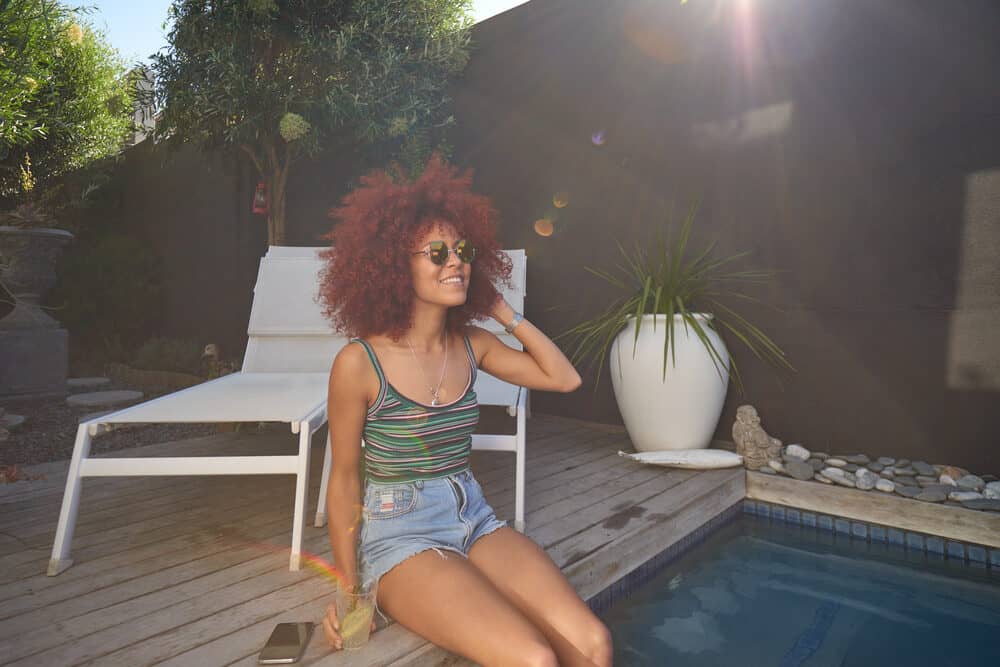
Many people wonder whether you can color synthetic extensions - here’s the answer. While you can dye natural
Synthetic
You can purchase synthetic hair extensions that have been "colored" during manufacturing.
Hair dyes meant for human hair often make synthetic extensions turn out a weird color. The color of synthetic extensions will probably be vastly different from the dye you purchased.
Some have had their synthetic extensions turn out to be pink or purple when they wanted a natural hair color!
Synthetic extensions also don’t last as long as natural
If you have some synthetic extensions that you hoped to dye, we’d advise you not to go through with it (or read the related article that's linked below).
Ultimately, you’re better off purchasing an affordable synthetic wig in the color you want or getting a human hair wig that you can dye.
- Can You Dye Synthetic Hair Extensions?
- Can You Dye a Synthetic Wig?
- Can Bellami Hair Extensions Be Dyed?
- Best Clip-in Hair Extensions for a Black Girl
Conclusion
If you want to dye your
Second, if your extensions are naturally lighter in color (e.g., a medium brown), it will be easier to take on darker colors than jet-black shades. You can still dye black and dark brown extensions with these techniques, too, as long as you bleach the extensions before coloring them any shade lighter.
There you have it, the answers to all of your questions relating to dyeing
But it can be achieved if done properly on human hair. We hope this article is helpful to you as you experiment with color and extensions!

